Listen to Episode 41 on PodBean, Spotify, YouTube, or your preferred podcast place!
This episode – the second most requested topic to date – deals with some of the largest and cleverest animals our planet has ever seen. We discuss how one group of mammals developed and moved from land to the sea as we explore the Evolution of Whales.
In the news
An insulin-like molecule might provide a clue to how ants evolved queens and workers.
Aye-aye and squirrel skulls show strong resemblances due to their need for a strong bite.
Have these roundworms truly survived more than 30,000 years in frozen soil?
The K-Pg extinction may have helped reorganize shark diversity.
Whales
Whales (Cetaceans) include the largest living animals in Earth history and one of the few groups of mammals that have evolved a fully aquatic lifestyle. They have adapted so fully to life away from land that they no longer possess functional back limbs, instead using their tails to propel themselves.
Modern whales are categorized into two main groups; the toothed whales and baleen whales. The toothed whales (Odontoceti) include dolphins, porpoises, orcas, narwhals, and the sperm whales. These tend to be active hunters, catching their prey with pointed teeth. They also are well known for their use of echolocation to navigate and hunt for prey.
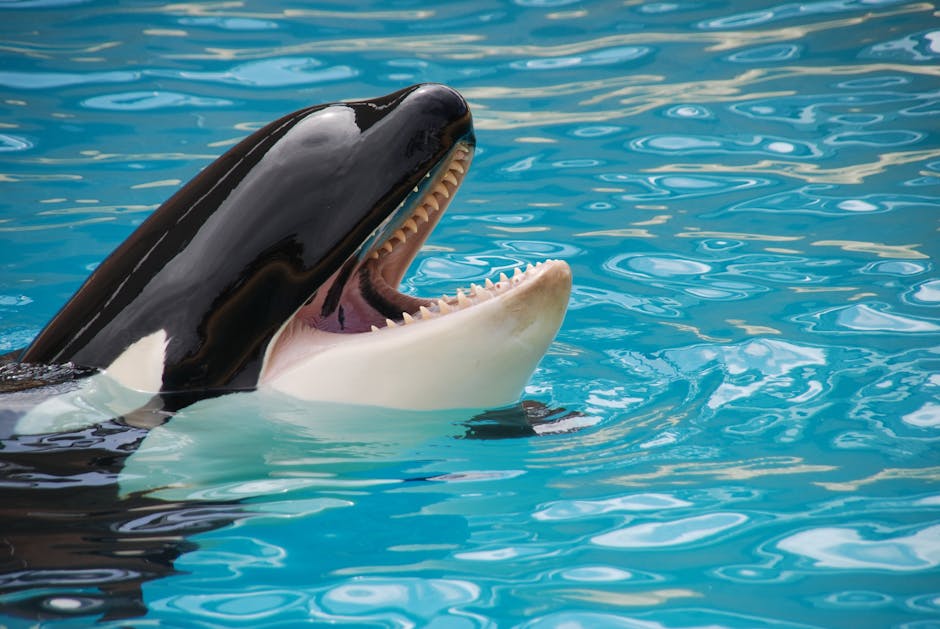
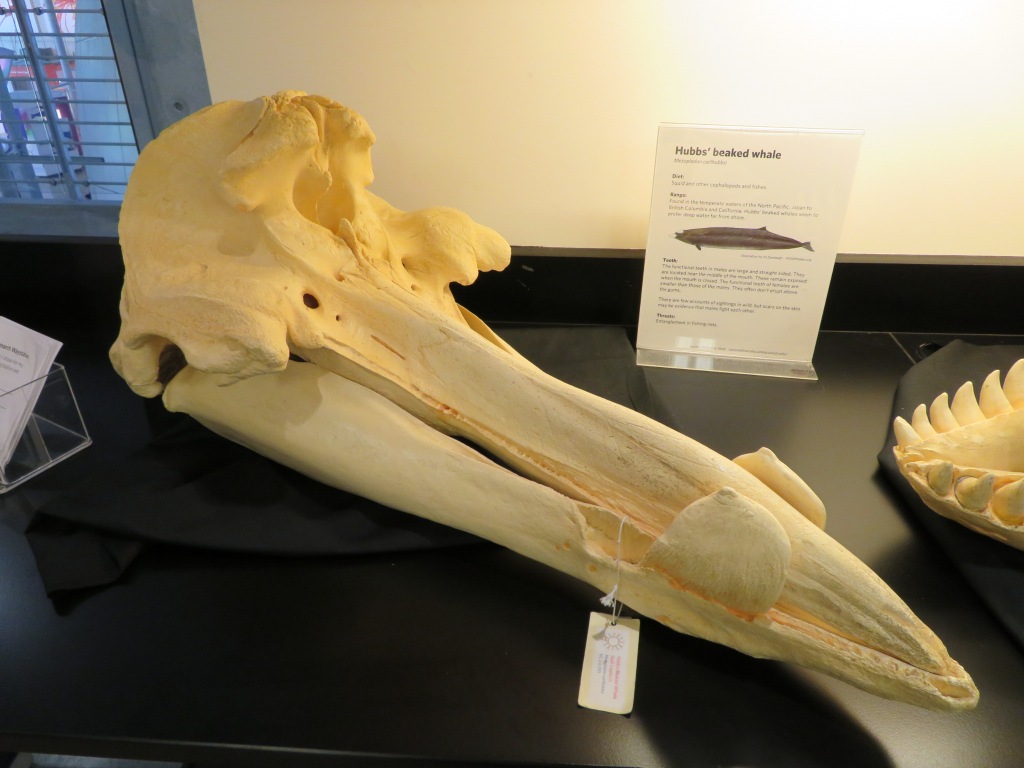
The baleen whales (Mysticeti) included the larger members such as blue whales, right whales, humpbacks, and gray whales. These whales have lost their true teeth and replaced them with the hair-like, keratin structure known a baleen that they use to filter small animals from the water. Filter-feeding at this scale is known as bulk feeding. Though they are famous for their whale songs, they do not use echolocation.

Whales are mammals; they give live birth and feed their young milk even in the open ocean. But where they fit on the mammal family tree was the subject of much debate for a long time.
Relatives on Land
Morphology (eg. fossils and skeleton structures) and genetics both suggest whales evolved from land-based ancestors, but in a classic case of morphology vs. molecules, the two approaches pointed to different relatives. The bones and teeth of whales led researchers to suspect they were closest to an extinct group of Eocene hoofed predators called mesonychids.
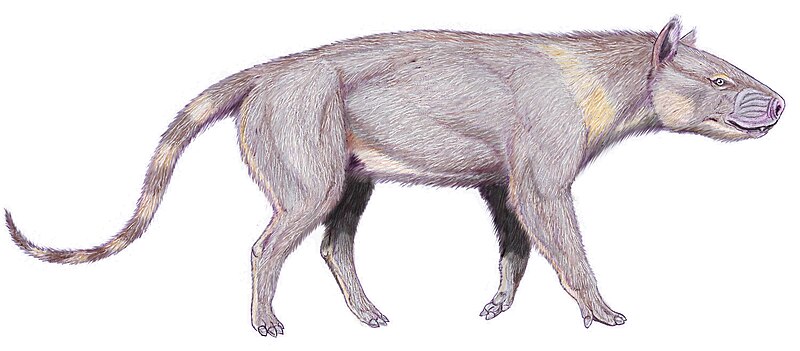
DNA, on the other hand, traditionally placed whales within artiodactyls, the even-toed ungulates including pigs, deer, cows, antelope, and more. As our data has improved, the genetic hypothesis has been strongly supported. In fact, the group Whippomorpha was established to link whales to their apparent closest artiodactyl cousins, the hippos, and you’ll commonly now see the taxonomic term Cetartiodactyla referring to the whole group – cetaceans plus artiodactyls.

Land Whales
The fossil record of whale evolution is one of the most beautiful transitional sequences known, along with equally-famous cases like Bird and Human evolution.
Many fossil whales fall within a group known as the Archaeoceti (ancient whales). Most of the members of this taxon do not resembles whales on the surface; most still had hind limbs, a more typically mammal-shaped skull, and likely spent plenty of time on land. These early whales lived from the Eocene through the Oligocene (55-23 mya).

Though many of the earliest archaeocetes from Pakistan wouldn’t have looked much like whales on the outside, the first clues to their whale-relation came from the shape of their ankle and ear bones. Whales hear through their lower jaw instead of having external ear openings, and their middle ear is actually covered by a layer of bone called the involucrum. This feature was known only from true aquatic cetaceans until it was found in those Eocene land-dwelling whale ancestors.
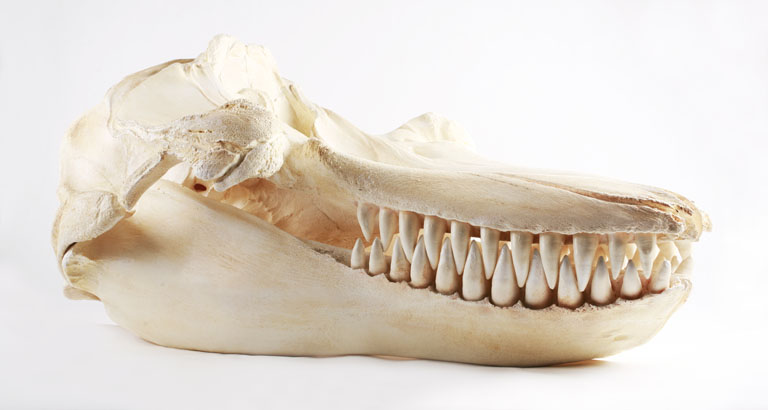
The ankle bone was actually the secret to linking whales and artiodactyls, specifically the bone known as the astragalus. These early whales had charactersitic artiodactyl astragalus bones.
March to the Sea
As whales began to adapt to a life in the ocean, their ancestors and relatives took on many different forms and body shapes. What follows is just a series of examples of archaeocetes that display differing amounts of aquatic and terrestrial features.
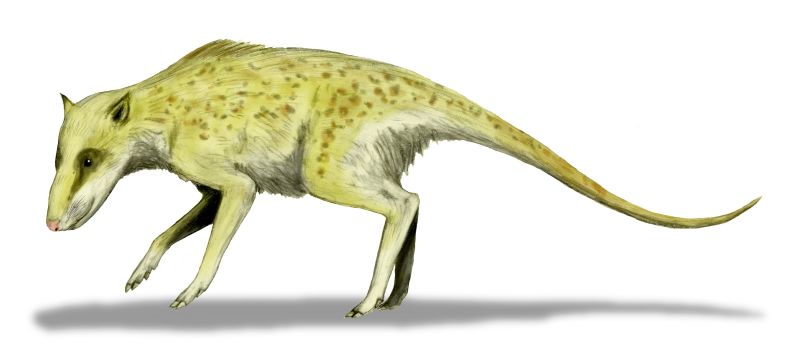
Archaeoceti contains five families that contain the majority of ancient whales.
Pakicetidae

Ambulocetidae

Remingtonocetidae

Protocetidae

Basilosauridae

More Whales…
As usual, this is but a glimpse into an incredibly diverse and bizarre group of animals. If you’re interested in reading further, please take a look at the links below.
How did baleen filter feeding evolve in whales?
How did whale echolocation evolve?
This Smithsonian animation shows the physical traits of some of the species mentioned in this episode.
The recent hybrid “wholphin” making the news, is actually just a dolphin.
—
If you enjoyed this topic and want more like it, check out these related episodes:
- Episode 104 – Pinnipeds
- Episode 70 – Convergent Evolution
- Episode 116 – Ichthyosaurs
- Episode 51 – Mosasaurs
We also invite you to follow us on Twitter, Facebook, or Instagram, buy merch at our Zazzle store, join our Discord server, or consider supporting us with a one-time PayPal donation or on Patreon to get bonus recordings and other goodies!
Please feel free to contact us with comments, questions, or topic suggestions, and to rate and review us on iTunes!
ALSO, Will had a guest appearance on The Cruise Geeks podcast a little while back to discuss fossil sharks with Matt Allen from The Florida Aquarium. If you’re interested in tips and reviews about going on cruises give this podcast a listen. Matt is also full of cool animal facts.